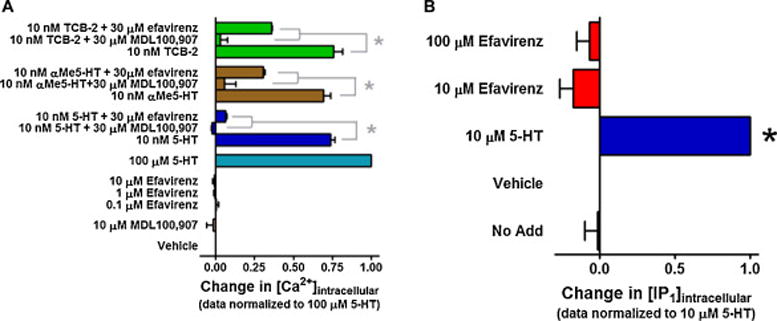Figure 4. Efavirenz is a 5-HT2A receptor antagonist of Gq signaling.

All data are presented as averaged values from multiple experiments ± SEM. A, Efavirenz behaves as an antagonist at the cloned 5-HT2A receptor when a change in intracellular calcium is used as a measure of Gq-signaling and the 5-HT2A receptor is stimulated with different classes of agonists: 5-HT, TCB-2 and α-Me-5HT. MDL100,907, a potent and selective 5-HT2A receptor antagonist was used as a positive control for antagonist activity. A one-way ANOVA followed by a Bonferroni post-hoc analysis set to high stringency (*P < 0.001) indicated significant inhibition of agonist responses by both 30 μM efavirenz and 30 μM MDL100,907. B, To rule out the possibility that weak partial agonist properties of efavirenz might only be observed at a very high concentration, a higher maximal concentration of efavirenz was tested using IP-One assay conditions than was possible under the Ca2+ assay conditions. Nevertheless, at the highest concentration that could be tested (100 μM) in the IP-One assay, efavirenz did not display any agonist activity. A one-way ANOVA followed by Dunnett’s multiple comparison test set to high stringency (P < 0.001) indicated by an asterisk revealed only the response by 5-HT to be significantly different from vehicle.
